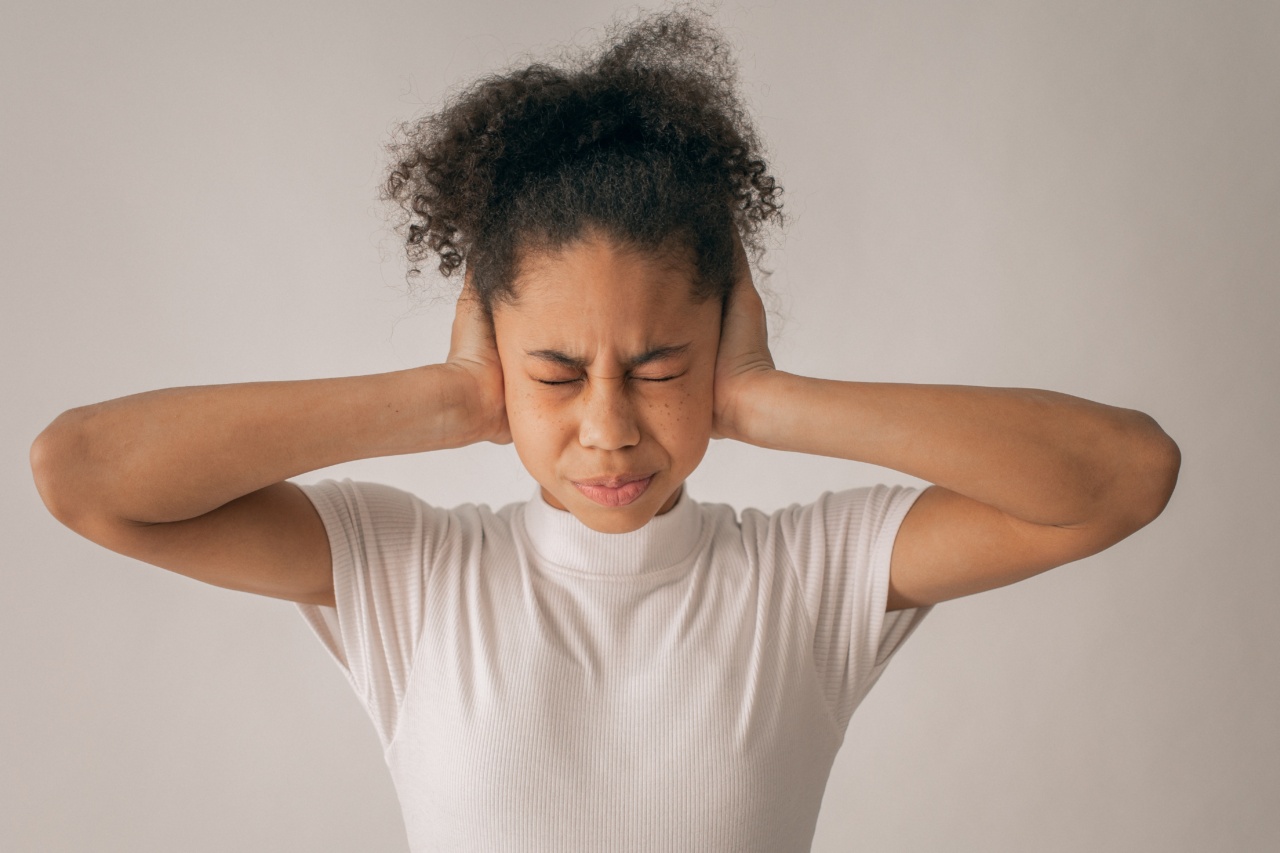Childhood and adolescent gynecology is a specialized branch of gynecology that deals with the reproductive health and well-being of girls from infancy through adolescence.
It focuses on diagnosing and treating gynecological conditions that may arise during these crucial stages of development. This article will provide an in-depth look into the field of childhood and adolescent gynecology, discussing various aspects such as common conditions, treatment options, and the importance of early intervention.
1. Understanding Pediatric Gynecology
Childhood and adolescent gynecology strives to provide a safe and comfortable environment for girls to address their reproductive health concerns.
Pediatric gynecologists are trained to understand the unique physiological and psychological aspects associated with this age group. They work closely with patients and their families to ensure comprehensive care and support.
2. Common Conditions in Childhood and Adolescent Gynecology
There are several gynecological conditions that can affect girls during childhood and adolescence. Some of the most commonly encountered conditions include:.
a. Menstrual Disorders: Disorders related to menstrual cycles such as irregular or heavy periods.
b. Vulvovaginal Infections: Infections of the vagina and vulva, including yeast infections or bacterial vaginosis.
c. Congenital Anomalies: Birth defects or abnormalities of the reproductive system, such as an imperforate hymen or vaginal septum.
d. Sexually Transmitted Infections (STIs): Infections transmitted through sexual contact, including chlamydia or human papillomavirus (HPV).
e. Pelvic Pain: Chronic or acute pelvic pain, which may be caused by various gynecological or non-gynecological factors.
f. Ovarian Cysts: Fluid-filled sacs that develop on the ovaries, which may cause pain or hormonal imbalances.
g. Polycystic Ovary Syndrome (PCOS): A hormonal disorder characterized by irregular periods, excess androgen production, and cysts on the ovaries.
h. Adolescent Breast Disorders: Conditions affecting breast development, such as breast hypertrophy or breast asymmetry.
i. Precocious Puberty: Early onset of puberty, including the development of secondary sexual characteristics before the age of 8 in girls.
j. Pediatric Gynecologic Cancers: Rare cases of reproductive organ cancers that can occur in younger girls.
3. Diagnosis and Treatment Options
To accurately diagnose gynecological conditions in children and adolescents, pediatric gynecologists utilize a combination of medical history evaluation, physical examinations, and age-appropriate diagnostic tests.
Treatment options vary depending on the specific condition but may include:.
a. Medications: Prescription of medications to alleviate symptoms or address underlying causes, such as hormonal imbalances or infections.
b. Surgical Interventions: In some cases, surgical procedures may be required to correct congenital anomalies, remove ovarian cysts, or treat gynecologic cancers.
c. Counseling and Education: Providing age-appropriate counseling and education regarding reproductive health, sexuality, and menstrual hygiene to empower girls and their families.
d. Lifestyle Modifications: Recommendations for lifestyle changes, including dietary modifications and exercise, to manage conditions like PCOS or menstrual disorders.
4. Importance of Early Intervention
Early intervention in childhood and adolescent gynecology plays a crucial role in minimizing future complications.
Identifying and treating gynecological conditions at an early stage can prevent long-term effects on reproductive health, emotional well-being, and overall quality of life. It also promotes open communication about reproductive health, ensuring that girls feel comfortable discussing their concerns and seeking appropriate medical care.
5. Conclusion
Childhood and adolescent gynecology is a vital field of medicine that focuses on the reproductive health needs of girls from infancy through adolescence.
Understanding common gynecological conditions and providing early intervention is crucial for maintaining their overall well-being. By addressing these concerns with sensitivity and expertise, pediatric gynecologists ensure that young girls receive the necessary care to navigate the journey of reproductive health.































